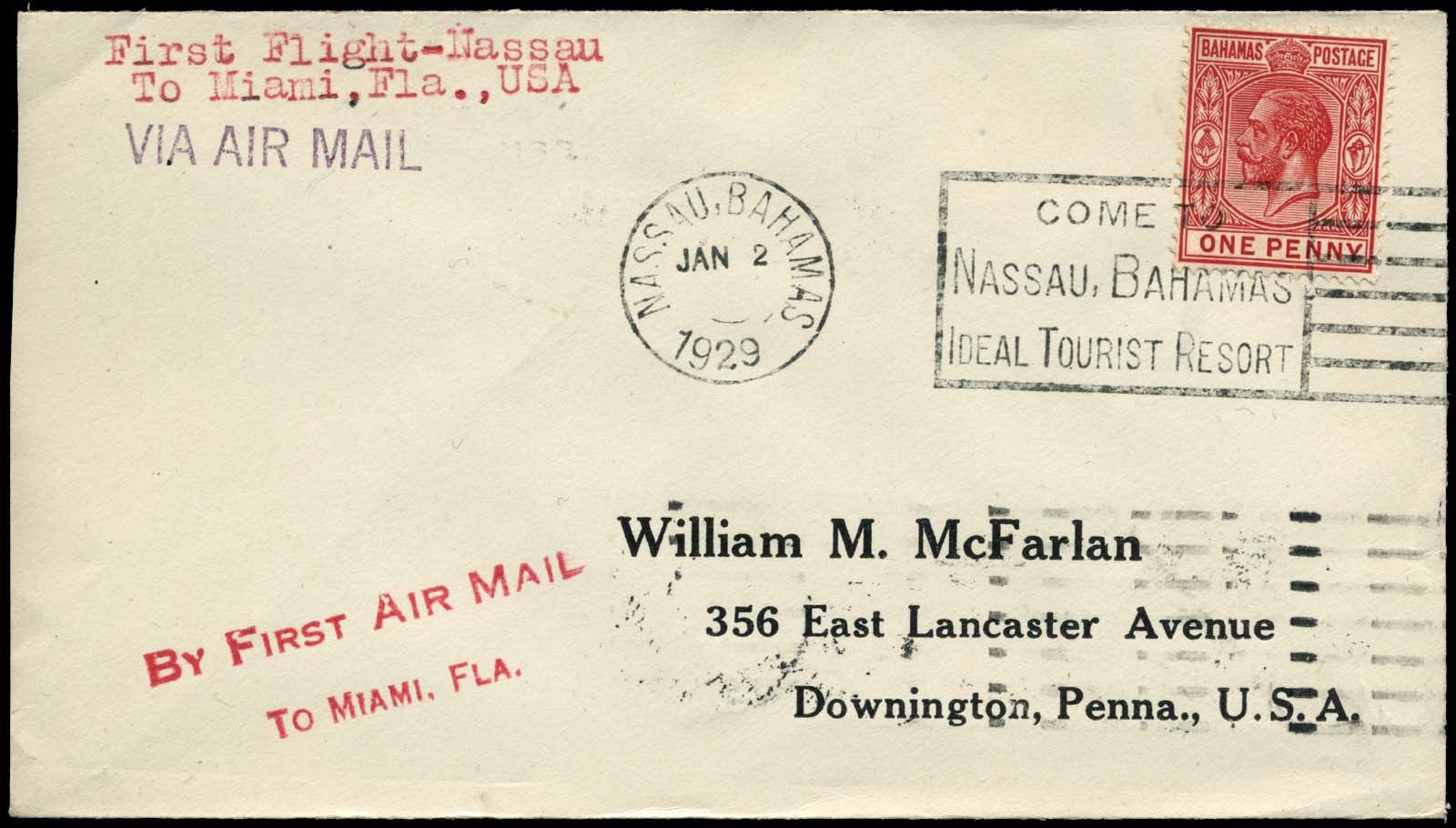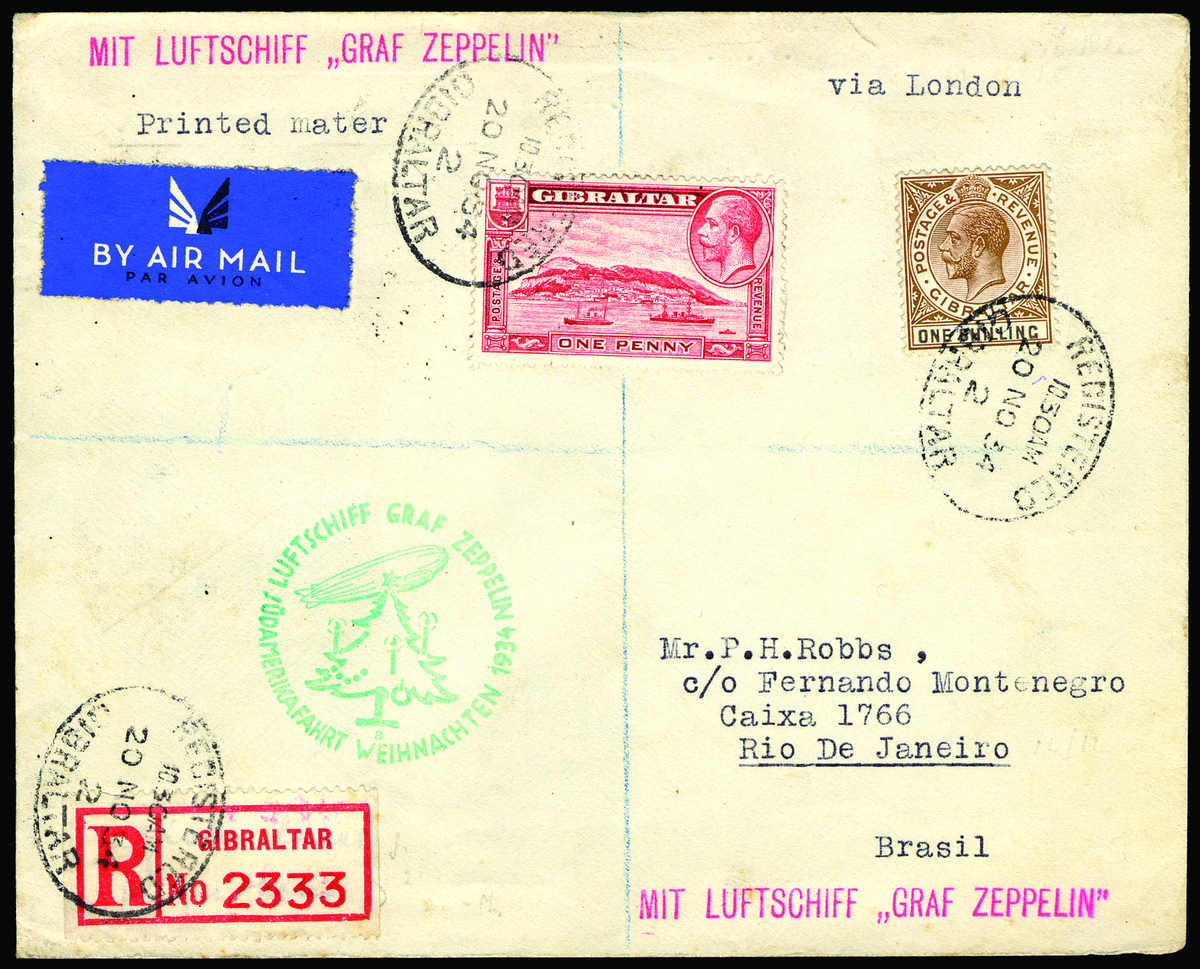|
Socked On The Nose
Bullseye, in philately, also called Socked on the nose (SON), refers to a cancellation of a postage stamp in which the postmark A postmark is a postal marking made on an envelope, parcel, postcard or the like, indicating the place, date and time that the item was delivered into the care of a postal service, or sometimes indicating where and when received or in transit. ..., typically a circle with the date and town name where mailed, has been applied centered on the stamp. The ideal bullseye has the entire postmark inside the margins, although this is not always possible, because the stamp may be too small or the postmark too large. The colloquial expression "Socked on the nose" does not seem to be used in Europe: the terms ''Oblitération centrale'' in French or ''luxus'' in German are in common usage. Austria introduced ca 1868 a set of cancellations of small diameter (< 20 mm), so that they could be seen entirely on all stamps. Some philatelists and collectors of ... [...More Info...] [...Related Items...] OR: [Wikipedia] [Google] [Baidu] |
Stamp UK 1912 1
Stamp or Stamps or Stamping may refer to: Official documents and related impressions * Postage stamp, used to indicate prepayment of fees for public mail * Ration stamp, indicating the right to rationed goods * Revenue stamp, used on documents to indicate payment of tax * Rubber stamp, device used to apply inked markings to objects ** Passport stamp, a rubber stamp inked impression received in one's passport upon entering or exiting a country ** National Park Passport Stamps * Food stamps, tickets used in the United States that indicate the right to benefits in the Supplemental Nutrition Assistance Program Collectibles * Trading stamp, a small paper stamp given to customers by merchants in loyalty programs that predate the modern loyalty card * Eki stamp, a free collectible rubber ink stamp found at many train stations in Japan Places * Stamp Creek, a stream in Georgia * Stamps, Arkansas People * Stamp Brooksbank, English MP * Stamp Fairtex, mixed martial artist * Stamp or Ap ... [...More Info...] [...Related Items...] OR: [Wikipedia] [Google] [Baidu] |
Philately
Philately (; ) is the study of postage stamps and postal history. It also refers to the collection and appreciation of stamps and other philatelic products. While closely associated with stamp collecting and the study of postage, it is possible to be a philatelist without owning any stamps. For instance, the stamps being studied may be very rare or reside only in museums. Etymology The word "philately" is the English transliteration of the French "", coined by Georges Herpin in 1864. Herpin stated that stamps had been collected and studied for the previous six or seven years and a better name was required for the new hobby than ''timbromanie'' (roughly "stamp mania"), which was disliked.Williams, L.N. & M. ''Fundamentals of Philately''. State College: The American Philatelic Society, 1971, p. 20. The alternative terms "timbromania", "timbrophily", and "timbrology" gradually fell out of use as ''philately'' gained acceptance during the 1860s. Herpin took the Greek root word φ ... [...More Info...] [...Related Items...] OR: [Wikipedia] [Google] [Baidu] |
Cancellation (mail)
A cancellation (or cancel for short; French: ) is a postal marking applied on a postage stamp or postal stationery to deface the stamp and to prevent its reuse. Cancellations come in a huge variety of designs, shapes, sizes, and colors. Modern cancellations commonly include the date and post office location where the stamps were mailed, in addition to lines or bars designed to cover the stamp itself. The term "postmark" refers specifically to the part that contains the date and posting location, but the term is often used interchangeably with "cancellation" as it may serve that purpose. The portion of a cancellation that is designed to deface the stamp and does not contain writing is also called the "obliteration"#Scott US, Scott US p. 30A. or Killer (philately), killer. Some stamps are issued pre-cancelled with a printed or stamped cancellation and do not need to have a cancellation added. History The first adhesive postage stamp was the Penny Black, issued in 1840 by Postage ... [...More Info...] [...Related Items...] OR: [Wikipedia] [Google] [Baidu] |
Postage Stamp
A postage stamp is a small piece of paper issued by a post office, postal administration, or other authorized vendors to customers who pay postage (the cost involved in moving, insuring, or registering mail). Then the stamp is affixed to the face or address-side of any item of mail—an envelope or other postal cover (e.g., packet, box, mailing cylinder)—which they wish to send. The item is then processed by the postal system, where a postmark or Cancellation (mail), cancellation mark—in modern usage indicating date and point of origin of mailing—is applied to the stamp and its left and right sides to prevent its reuse. Next the item is delivered to its address. Always featuring the name of the issuing nation (with the exception of the Postage stamps and postal history of the United Kingdom, United Kingdom), a denomination of its value, and often an illustration of persons, events, institutions, or natural realities that symbolize the nation's traditions and values, every ... [...More Info...] [...Related Items...] OR: [Wikipedia] [Google] [Baidu] |
Postmark
A postmark is a postal marking made on an envelope, parcel, postcard or the like, indicating the place, date and time that the item was delivered into the care of a postal service, or sometimes indicating where and when received or in transit. Modern postmarks are often applied simultaneously with the Cancellation (mail), cancellation or Killer (philately), killer that marks postage stamps as having been used. Sometimes a postmark alone is used to cancel stamps, and the two terms are often used interchangeably. Postmarks may be applied by handstamp or machine, using methods such as rollers or Inkjet printer, inkjets, while digital postmarks are a recent innovation. History The first postmark, called the "Bishop mark", was introduced by English Postmaster General of the United Kingdom, Postmaster General Henry Bishop (postmaster general), Henry Bishop in 1661 and showed only the day and month of mailing to prevent the delay of the mail by carriers. In England during the lat ... [...More Info...] [...Related Items...] OR: [Wikipedia] [Google] [Baidu] |
The American Philatelist
''The American Philatelist'', published by the American Philatelic Society, is one of the world's oldest philatelic magazines still in operation; its first issue having appeared in January 1887. The magazine is published monthly for members of the APS. It has the appearance of a standard glossy color magazine, typically running about 100 pages per issue. As the house organ, there are monthly departments covering APS news and activities, a president's column, and so forth. The core of the magazine consists of 5-10 articles on subjects related to philately, ranging from highly technical subjects such as "Accra overprints on Gold Coast stamps", to the fictional stamps and envelopes that have been used as movie props. Other regular departments include "The Glassine Surfer", a column reviewing online resources for collectors, book reviews, and U.S. new issues. The magazine takes both display advertising and classified advertising Classified advertising is a form of advertising ... [...More Info...] [...Related Items...] OR: [Wikipedia] [Google] [Baidu] |
Cover (philately)
In philately, the term cover pertains to the outside of an envelope or Mail, package with an address, typically with postage stamps that have been Cancellation (mail), cancelled and is a term generally used among stamp and postal history collectors. The term does not include the contents of the letter or package, although they may add interest to the item if still present. Cover collecting plays an important role in postal history as many covers bear stamps, postmarks and other markings along with names and addresses all of which help to place a cover at a given time and place in history. History The term originates from the practice of covering a letter by folding a separate sheet about it to physically protect it and prevent infringement of confidentiality. In the first half of the 19th century it became the fashion to cut the cover into a diamond or lozenge shape. This was the precursor of the version of the envelope known today. Its convenience and popularity led to the loz ... [...More Info...] [...Related Items...] OR: [Wikipedia] [Google] [Baidu] |
Machine Cancellation
{{Globalize, article, USA, 2name=the United States, date=November 2016 A machine postmark or machine cancellation is a postmark or Cancellation (mail), cancellation on mail that is applied by a mechanical device rather than with the use of a handstamp. Nearly all machine-cancellation devices apply both postmark and cancellation simultaneously. While some mail is cancelled using handstamps, machine cancellation is ubiquitous, and in the industrialized nations the vast majority of mail is cancelled by machine. United States In the United States, the first successful postmarking machine was developed by Thomas Leavitt (inventor), Thomas Leavitt in the 1870s, with covers known from 1876. By 1880 Leavitt machines were in use in twenty cities. Cancellations were of a variety of forms, including horizontal and diagonal lines, as well as "football" shapes. The American Postal Machines Company soon got into the business, with postmarks appearing from 1884, and became successful with a m ... [...More Info...] [...Related Items...] OR: [Wikipedia] [Google] [Baidu] |
English Phrases
English usually refers to: * English language * English people English may also refer to: Culture, language and peoples * ''English'', an adjective for something of, from, or related to England * ''English'', an Amish term for non-Amish, regardless of ethnicity * English studies, the study of English language and literature Media * ''English'' (2013 film), a Malayalam-language film * ''English'' (novel), a Chinese book by Wang Gang ** ''English'' (2018 film), a Chinese adaptation * ''The English'' (TV series), a 2022 Western-genre miniseries * ''English'' (play), a 2022 play by Sanaz Toossi People and fictional characters * English (surname), a list of people and fictional characters * English Fisher (1928–2011), American boxing coach * English Gardner (born 1992), American track and field sprinter * English McConnell (1882–1928), Irish footballer * Aiden English, a ring name of Matthew Rehwoldt (born 1987), American former professional wrestle ... [...More Info...] [...Related Items...] OR: [Wikipedia] [Google] [Baidu] |
Philatelic Terminology
Philately (; ) is the study of postage stamps and postal history. It also refers to the collection and appreciation of stamps and other philatelic products. While closely associated with stamp collecting and the study of postage, it is possible to be a philatelist without owning any stamps. For instance, the stamps being studied may be very rare or reside only in museums. Etymology The word "philately" is the English transliteration of the French "", coined by Georges Herpin in 1864. Herpin stated that stamps had been collected and studied for the previous six or seven years and a better name was required for the new hobby than ''timbromanie'' (roughly "stamp mania"), which was disliked.Williams, L.N. & M. ''Fundamentals of Philately''. State College: The American Philatelic Society, 1971, p. 20. The alternative terms "timbromania", "timbrophily", and "timbrology" gradually fell out of use as ''philately'' gained acceptance during the 1860s. Herpin took the Greek root word ... [...More Info...] [...Related Items...] OR: [Wikipedia] [Google] [Baidu] |







